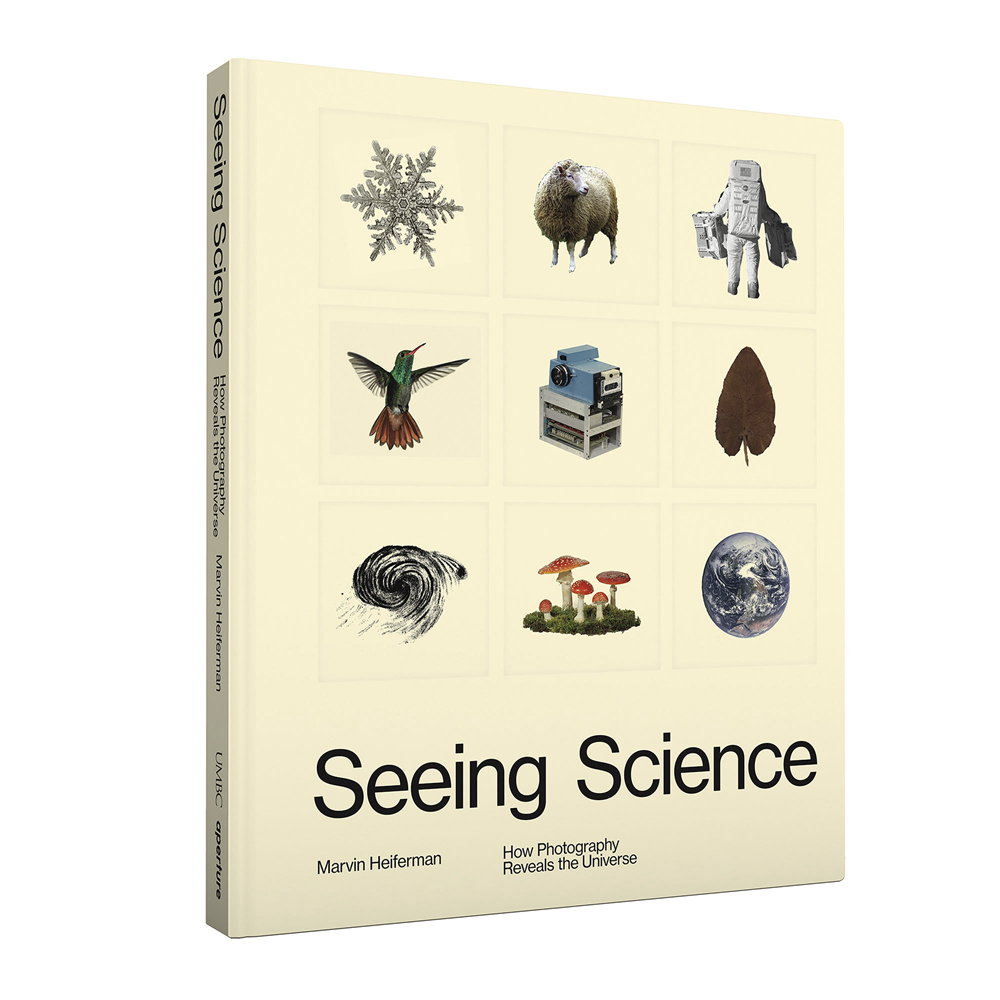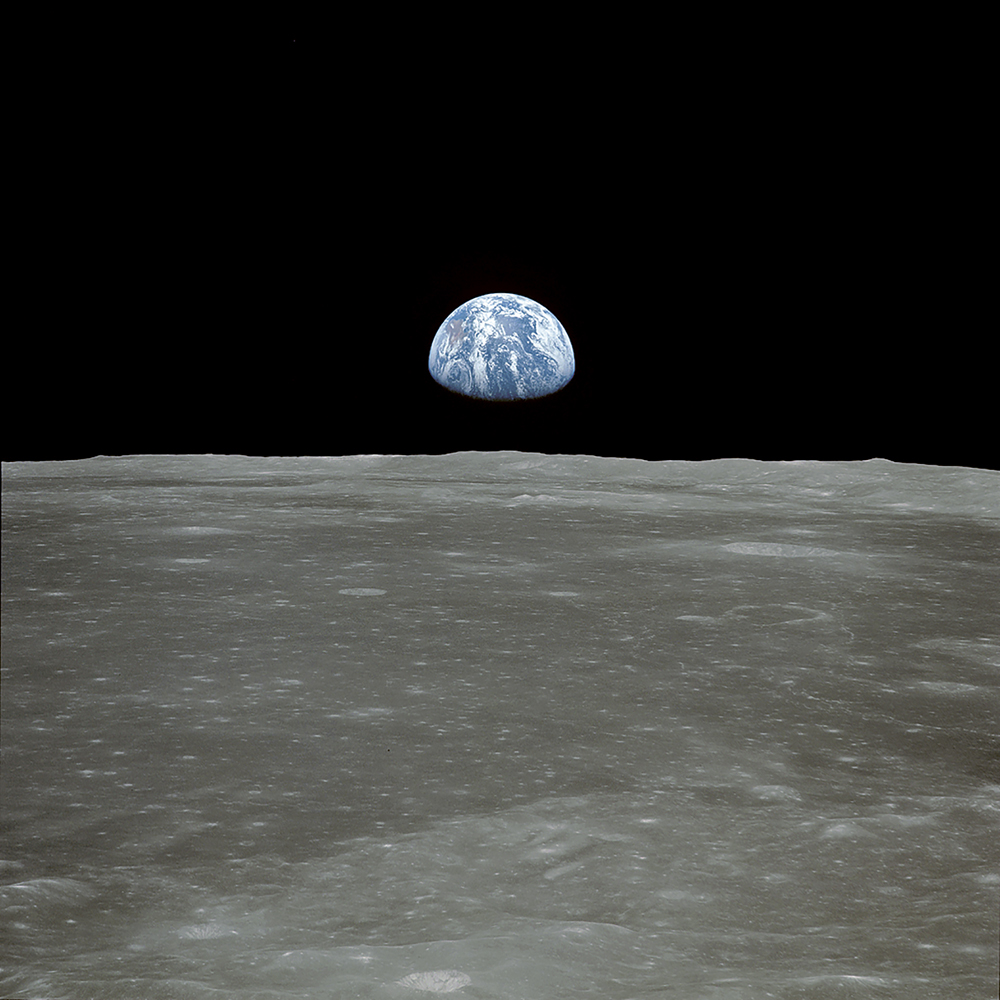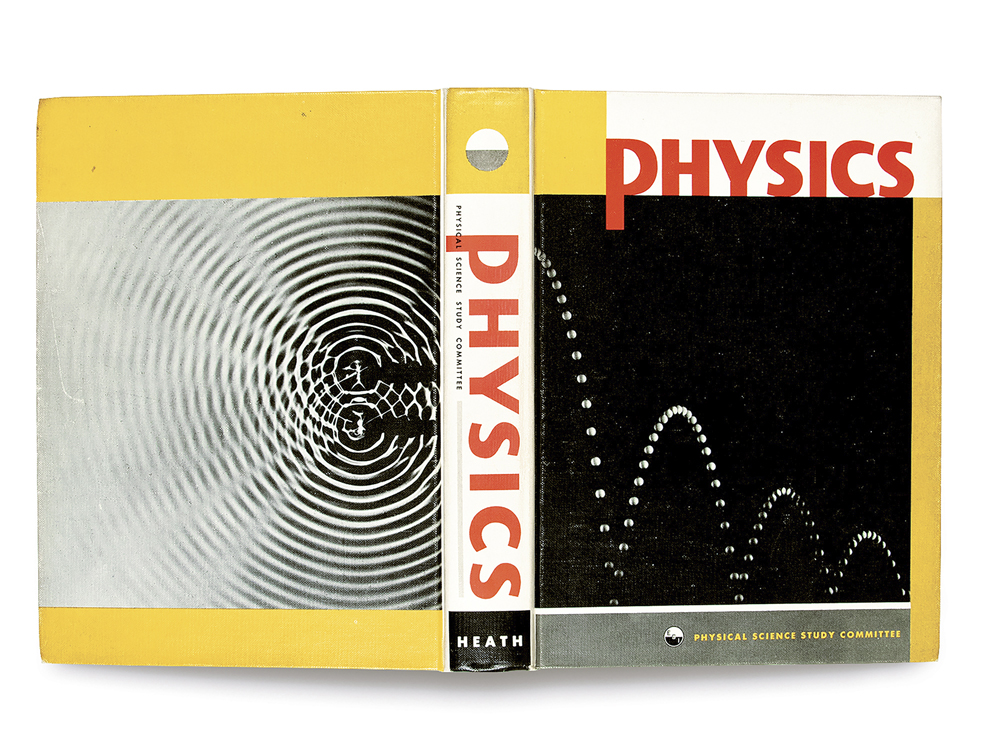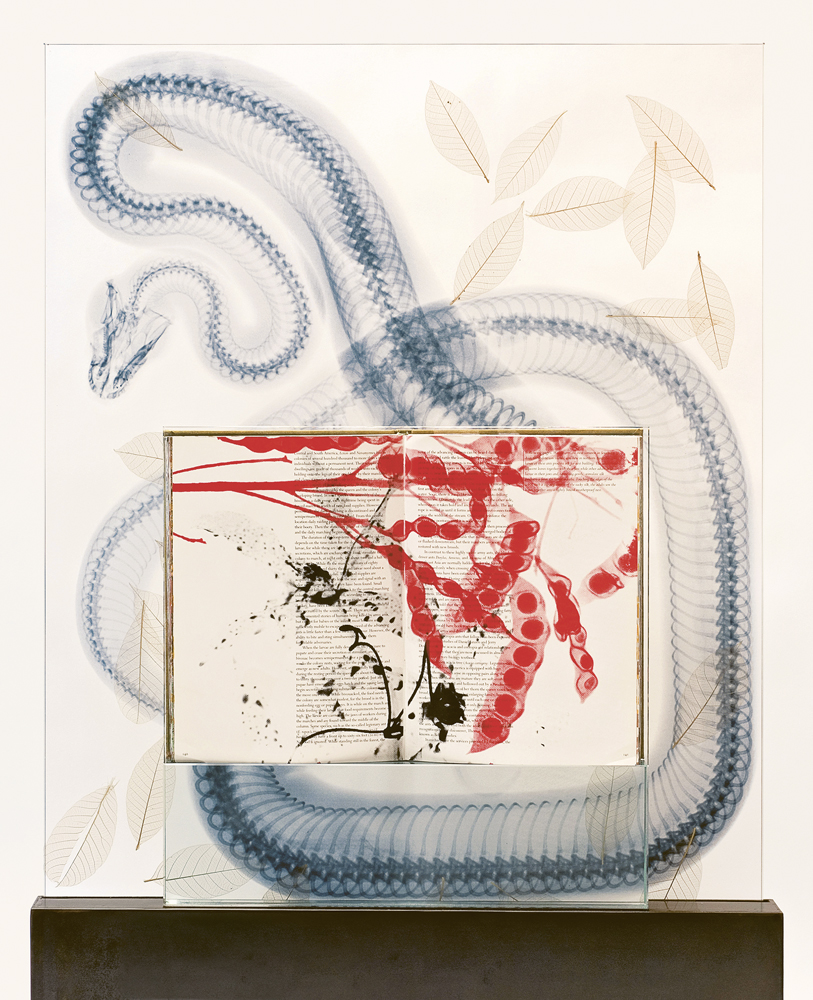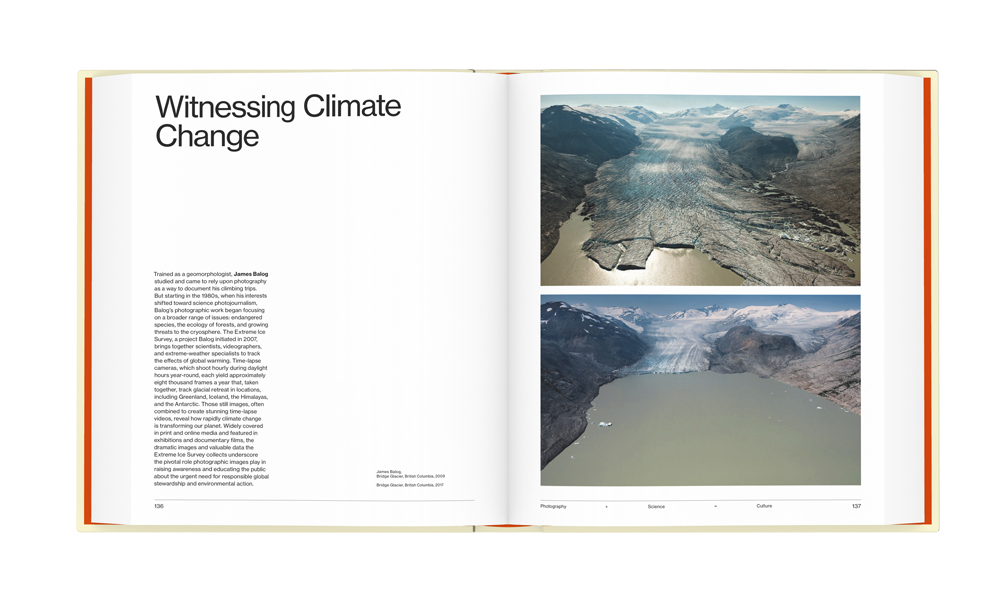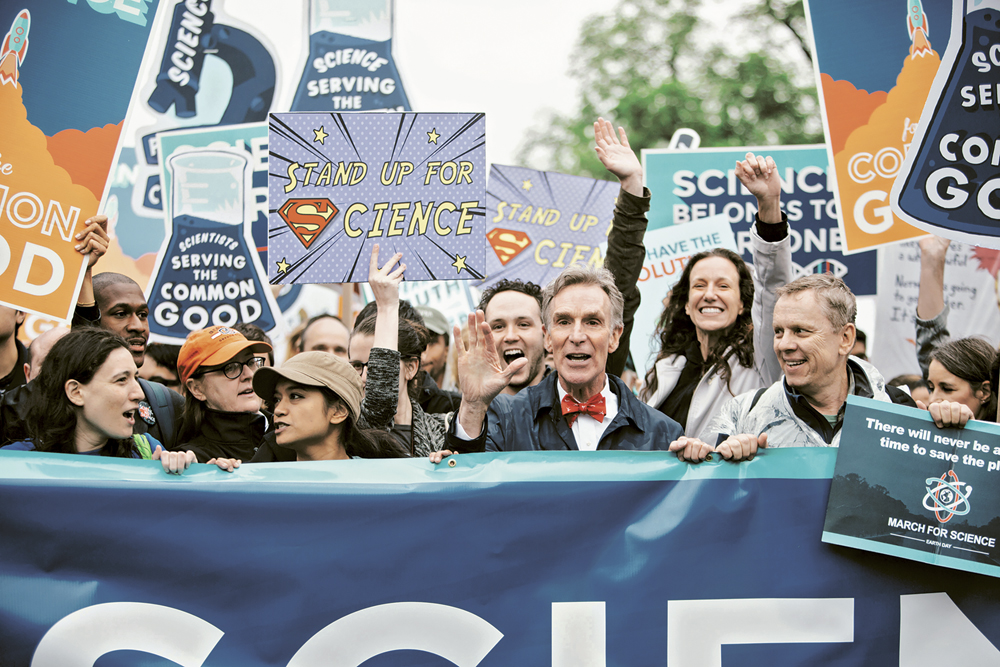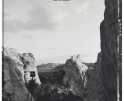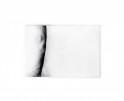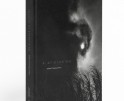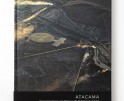Seeing Science by Marvin Heiferman
“Science photography grounds us in the particulars of our earthly and extraterrestrial adventures, and astounds us when it reveals what lies beyond the parameters of sight, imagination and human control.
-Marvin Heiferman

Anna Atkins, Pteris rotundifolia, England, 1853; from Cyanotypes of British and Foreign Ferns. From Seeing Science (Aperture, 2019), Digital images courtesy the Getty’s Open Content Program
Seeing Science: How Photography Reveals the Universe is a book by Marvin Heiferman (including a forward by former NASA astronaut Scott Kelly) published by Aperture. This book includes an insightful collection of essays, photographs, documentation and discussions about photography’s role in visualizing science. With over 300 images and 60 short essays, the book covers our expanding knowledge about science, research and technology, offering the viewer different ways of seeing the history, progression and new discoveries of science.
Seeing Science: How Photography Reveals the Universe began as a website project for one of the leading science and research institutions, University of Maryland Baltimore County, and evolved into a printed publication. The book reveals how the numerous disciplines of science are represented within the arts, our culture, news and social media. Art photographers and projects included in this book, to name a few, include Anna Atkins and her cyanotypes of botanical specimens (1850s), Berenice Abbott’s work from the textbook project for MIT (1958-60), Robert Rauschenberg’s series Stoned Moon (1970), Paul Shambroom’s photographs from the series Security (2004-07), and Penelope Umbrico’s series Everyone’s Photos Any License (2015-16). Works from these artists and others exemplify how science imagery plays a large role in photography.
In addition to the short essays, the book also includes 10 separate conversations among visual culture experts who gathered online to discuss ten individual socially impactful science photographs. These experts include Rebecca Adelman, Ben de la Cruz, Corey Killer, Kurt Mutchler, Max Mutchler and Michael Shaw Nathan Stormer, and the author, Marvin Heiferman. Their candid reactions along with their diverse knowledge provides interesting perspectives to the science-related news and media photographs.
At the conclusion of the book, Heiferman includes an extensive timeline that looks at interactions of image collection and technology from a lens to the web telescope. The timeline provides an easy reference and educational outlook on the cultural progression of “Seeing Science.”
This book is easy to ready and quite fascinating, offering every reader a better understanding of how science imagery has infiltrated and continues to infiltrate our lives.

Anna Atkins, Pteris rotundifolia, England, 1853; from Cyanotypes of British and Foreign Ferns. From Seeing Science (Aperture, 2019), Digital images courtesy the Getty’s Open Content Program
Marvin Heiferman creates projects about photography and visual culture for institutions including the Museum of Modern Art, Smithsonian Institution, International Center of Photography, Whitney Museum of American Art, New Museum and the Carnegie Museum of Art. Heiferman has written for numerous publications, monographs, magazines and blogs, including The New York Times, CNN, Artforum, Design Observer, Gagosian Quarterly, Art in America, and Aperture. Author and/or editor of over two dozen books on visual culture, his most recent book is Photography Changes Everything (Aperture/Smithsonian, 2012). A Visiting Senior Research Scholar at UMBC, Heiferman is also a core faculty member in the School of Visual Arts MFA Program in Photography, Video & Related Media and the ICP/Bard College MFA Program in Advances Photographic Studies in New York.
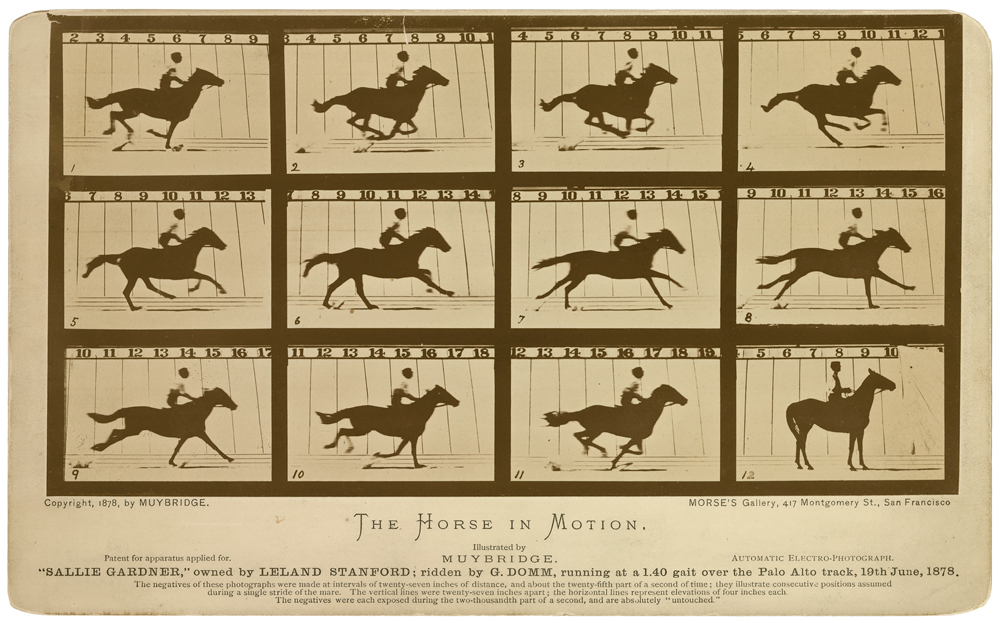
Eadweard Muybridge, The Horse in Motion, “Sallie Gardner,” owned by Leland Stanford; running at a 1:40 gait over the Palo Alto track, June 19, 1878; from Seeing Science (Aperture, 2019), Courtesy Wikimedia Commons
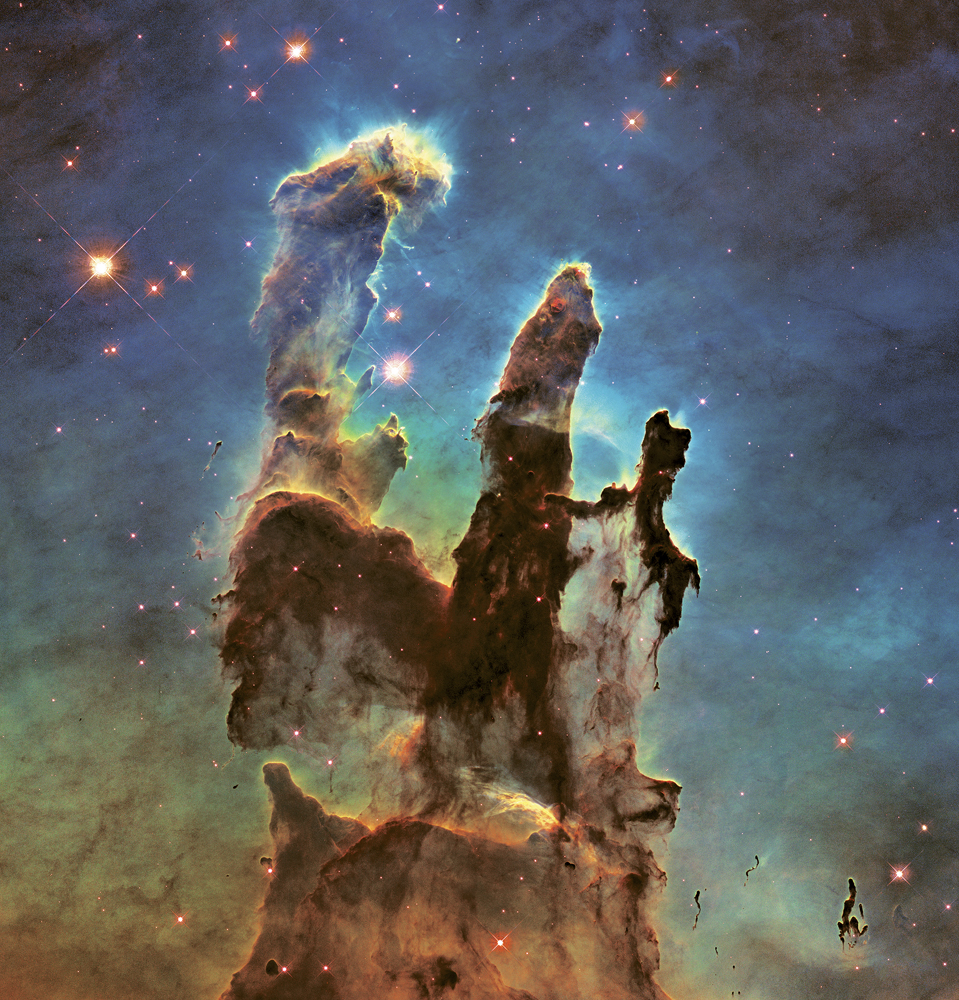
NASA/ESA/Hubble Heritage Team, Eagle Nebula’s “Pillars of Creation,” 2015; from Seeing Science (Aperture, 2019) Courtesy NASA, ESA and the Hubble Heritage Team (STScI/AURA)
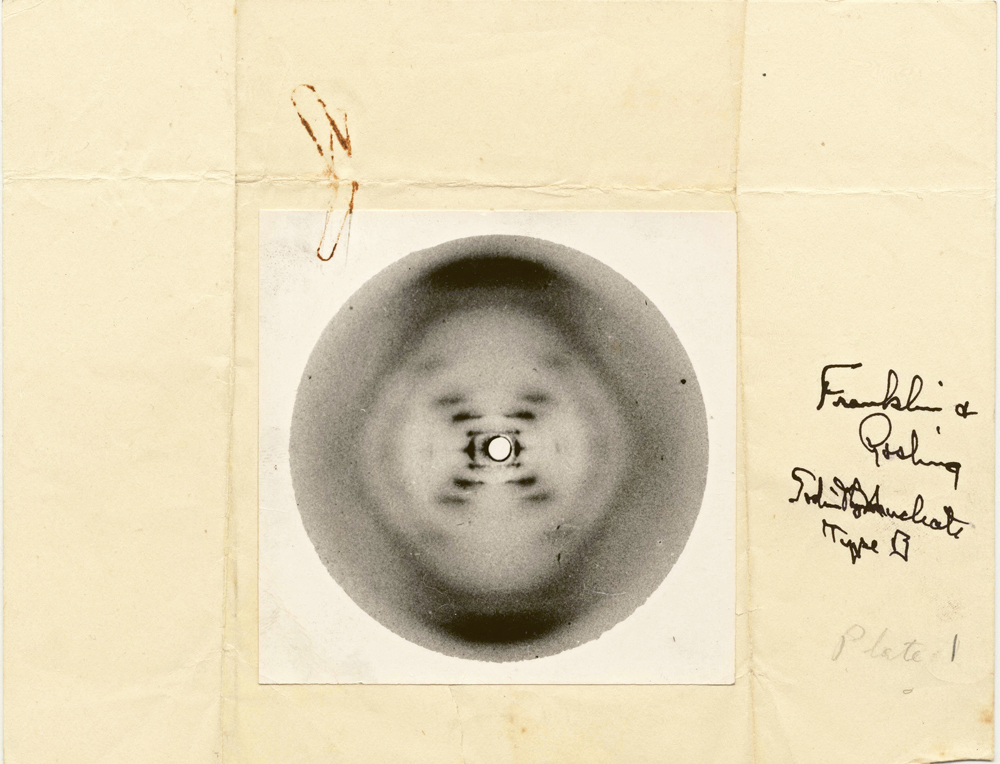
Raymond G. Gosling and Rosalind E. Franklin, Known as Photograph 51, this two-dimensional X-ray diffraction image of DNA from a calf thymus led to how the three-dimensional double helix architecture of DNA is conceptualized, 1952; from Seeing Science (Aperture, 2019) © 2015, Linus Pauling and the Race for DNA, Special Collections & Archives Research Center, Oregon State University Libraries
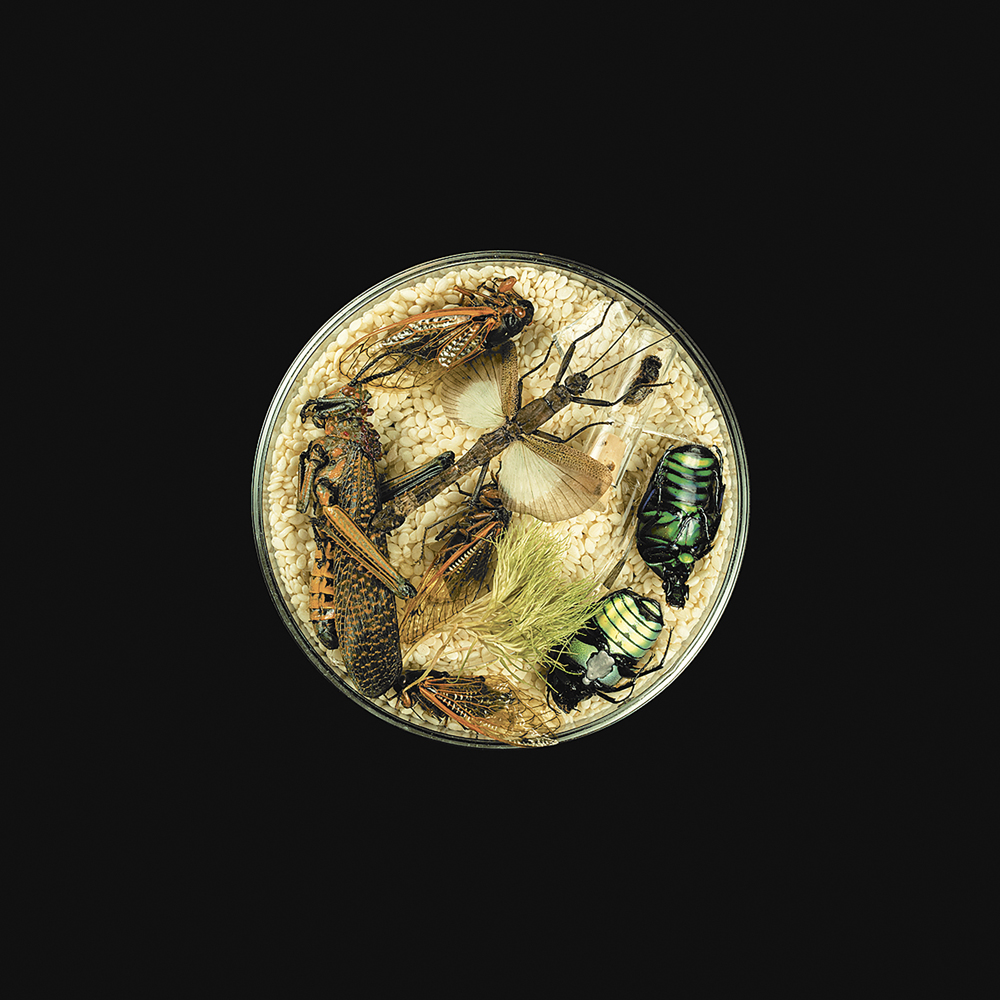
16Suzanne Anker, Vanitas (in a Petri Dish) 29, 2013; from Seeing Science (Aperture, 2019) Courtesy the artist
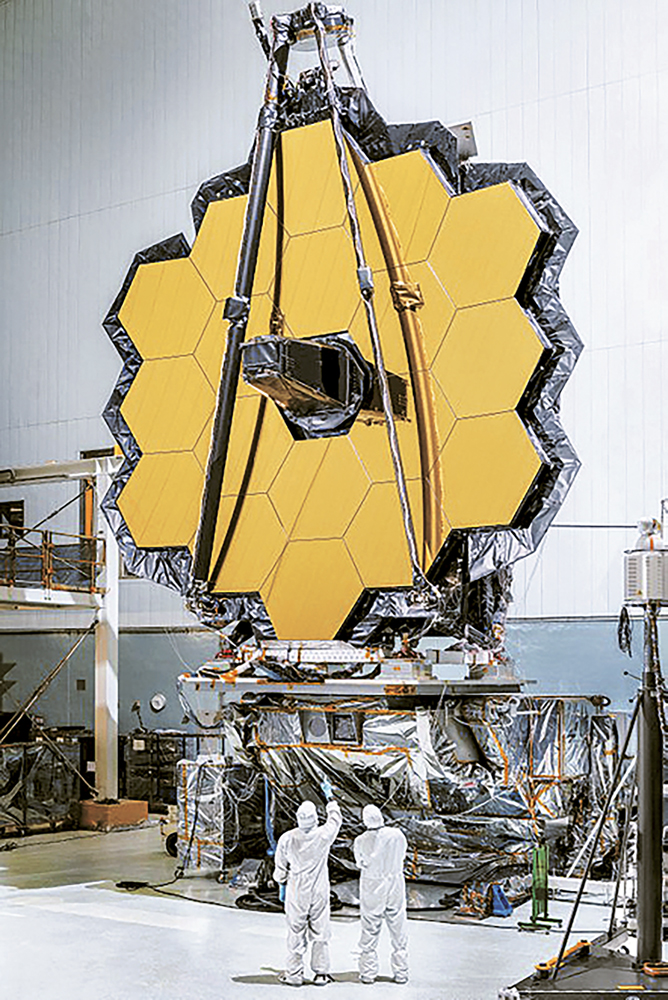
Chris Gunn, The 6.5-foot primary mirror of NASA’s James Webb Space Telescope, 2016; from Seeing Science (Aperture, 2019) Courtesy NASA/Chris Gunn

James Ball, EAI PACE TR-48, 2016; from the series Guide to Computing. From Seeing Science (Aperture, 2019) © Docubyte
Posts on Lenscratch may not be reproduced without the permission of the Lenscratch staff and the photographer.
Recommended
-
From Here to the Horizon: Photographs in Honor of Barry LopezApril 3rd, 2024
-
European Week: Kacper KowalskiMarch 4th, 2024
-
Debbie Fleming Caffery: In Light of EverythingFebruary 11th, 2024
-
Jamey Stillings: AtacamaNovember 25th, 2023
-
Tamara Reynolds: XXOctober 11th, 2023

